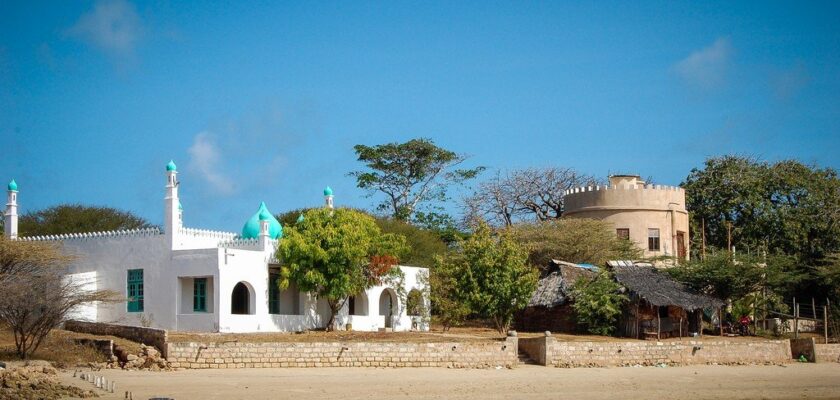Lamu Archipelago
Lamu Island is often referred to as “enchanting”, and don’t be surprised if you want to call this island that too. The long white sandy beaches framed by rolling dunes are as beautiful today as they were when Swahili people settled here in the 14th century.”
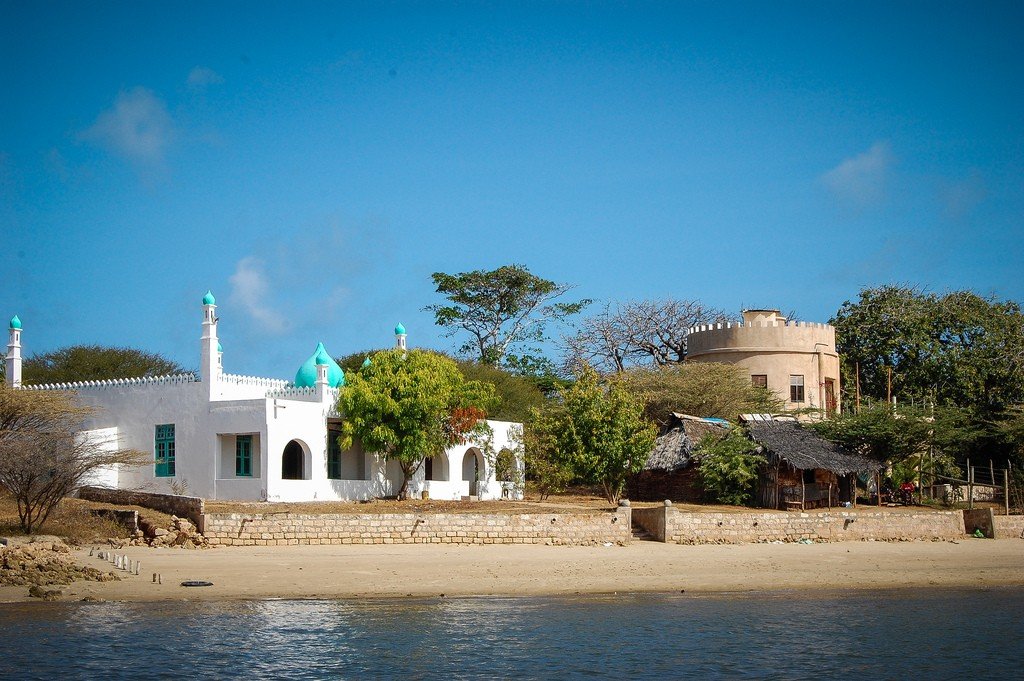
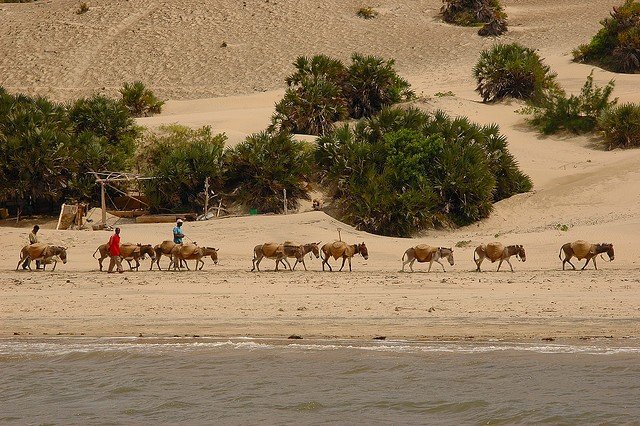
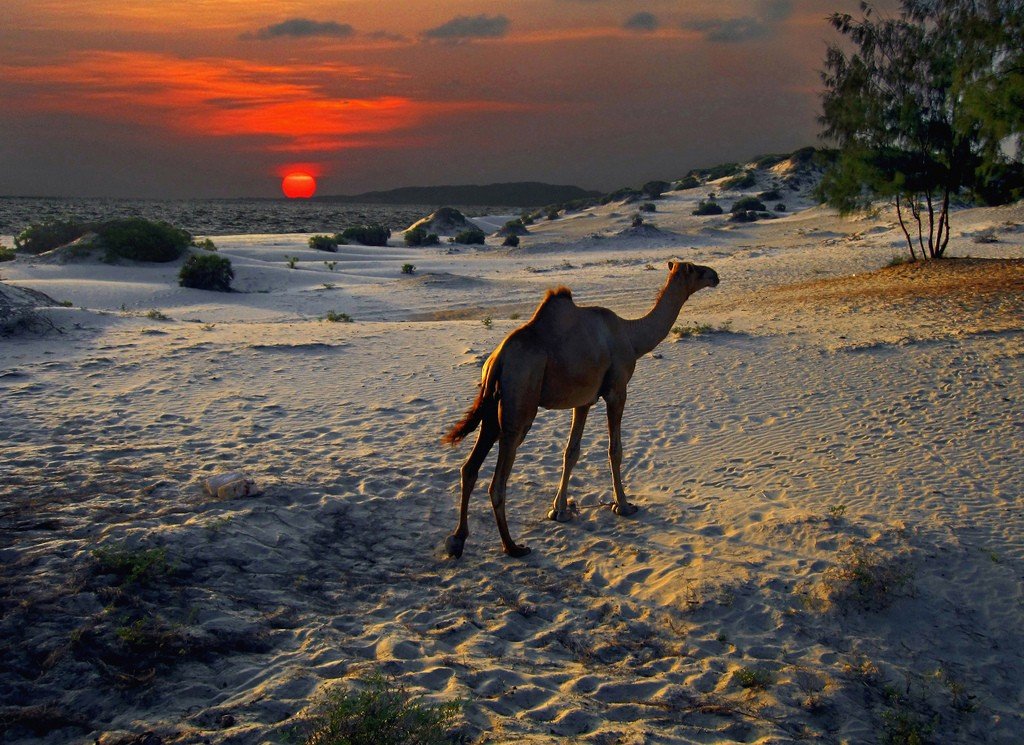
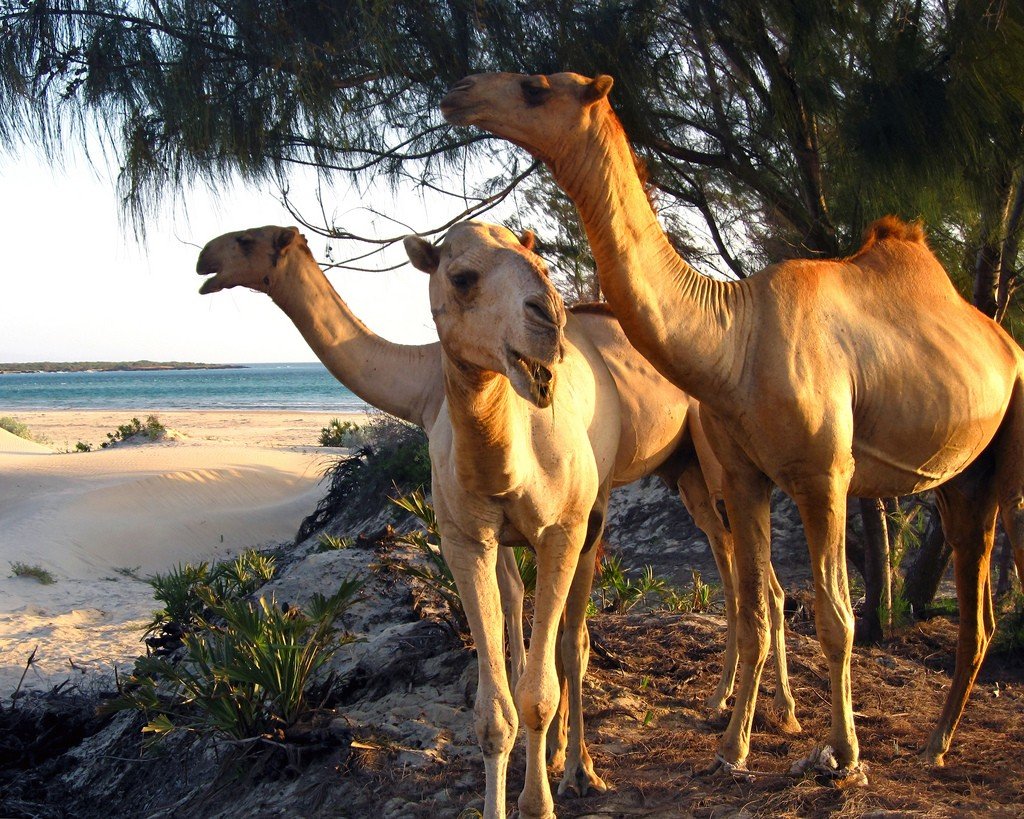
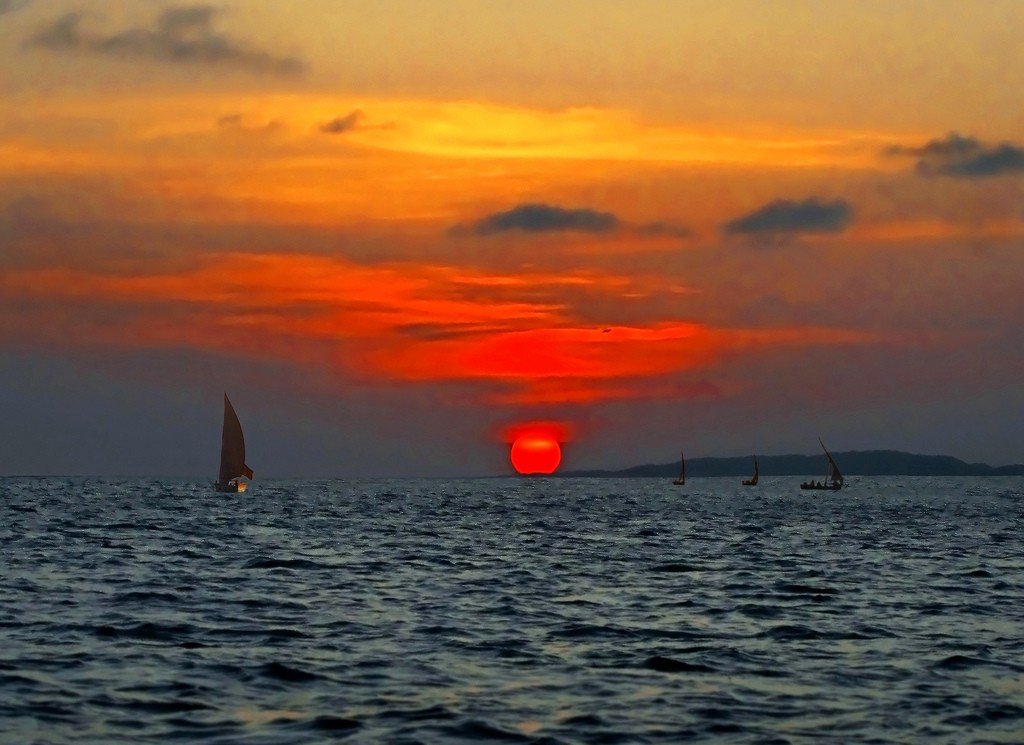
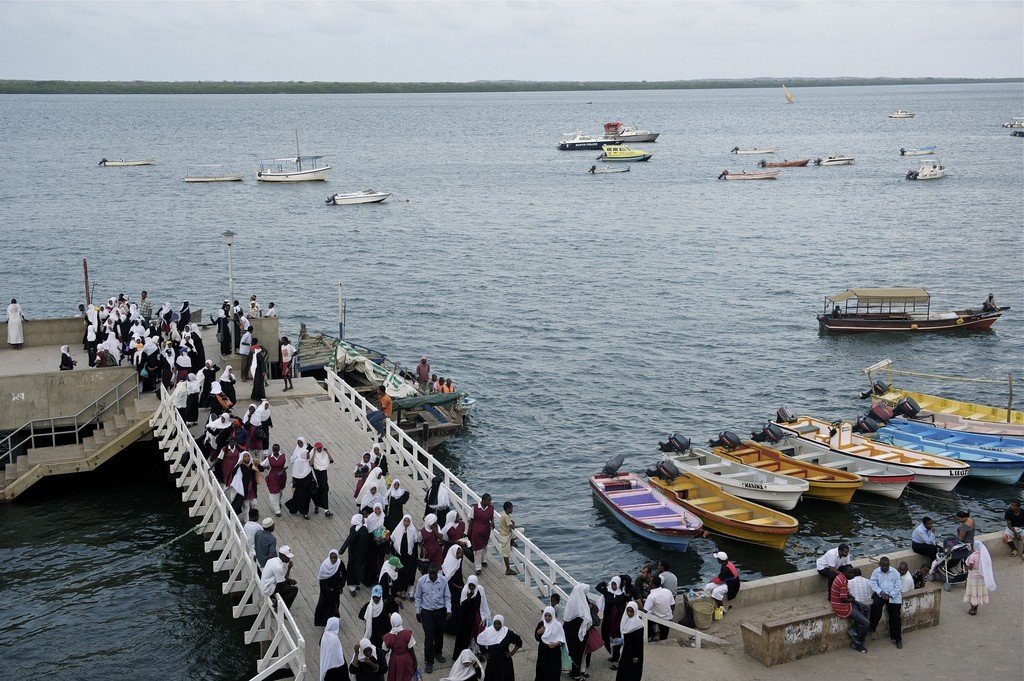
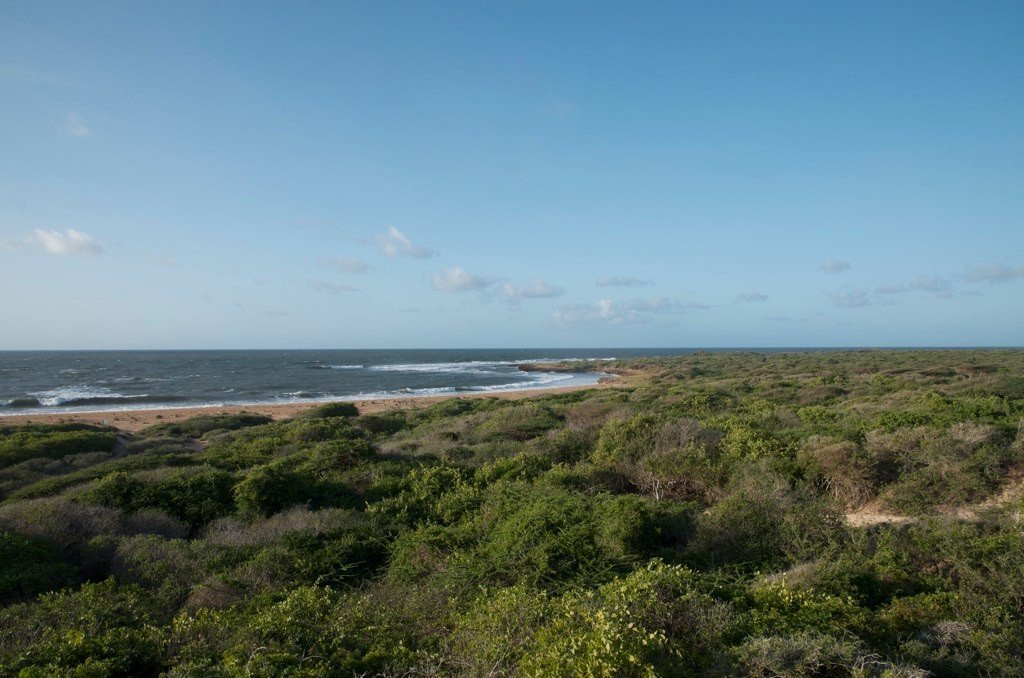
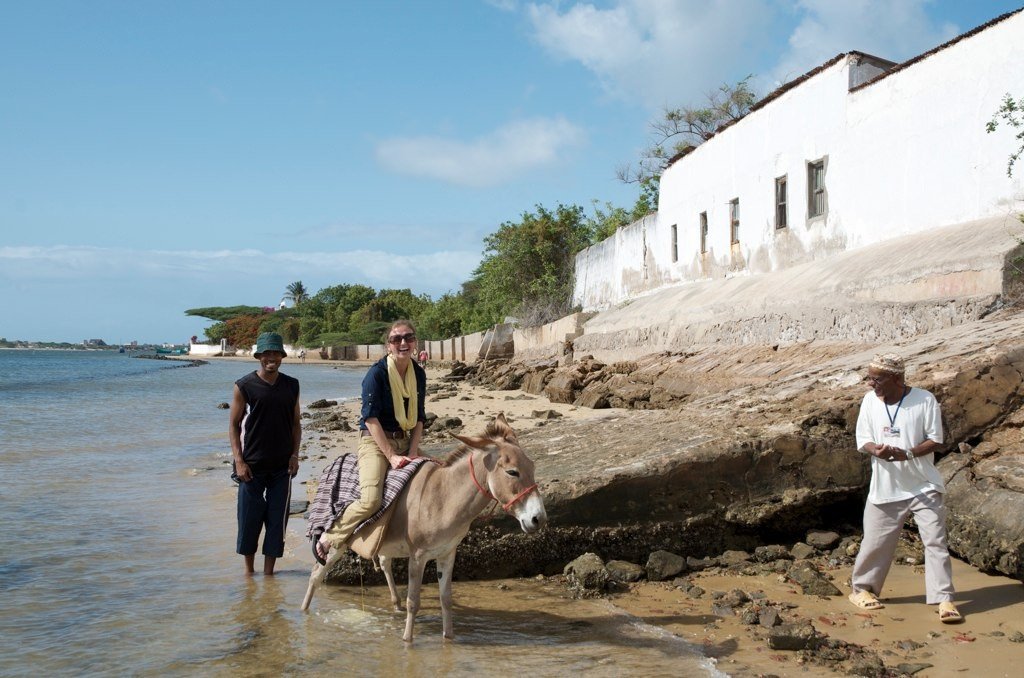
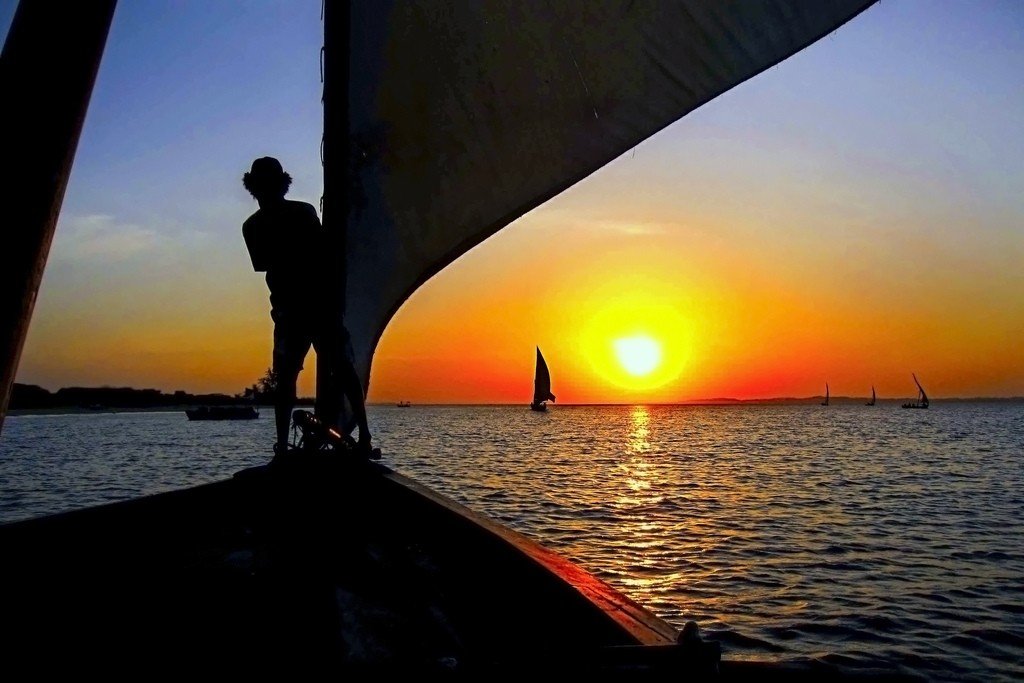
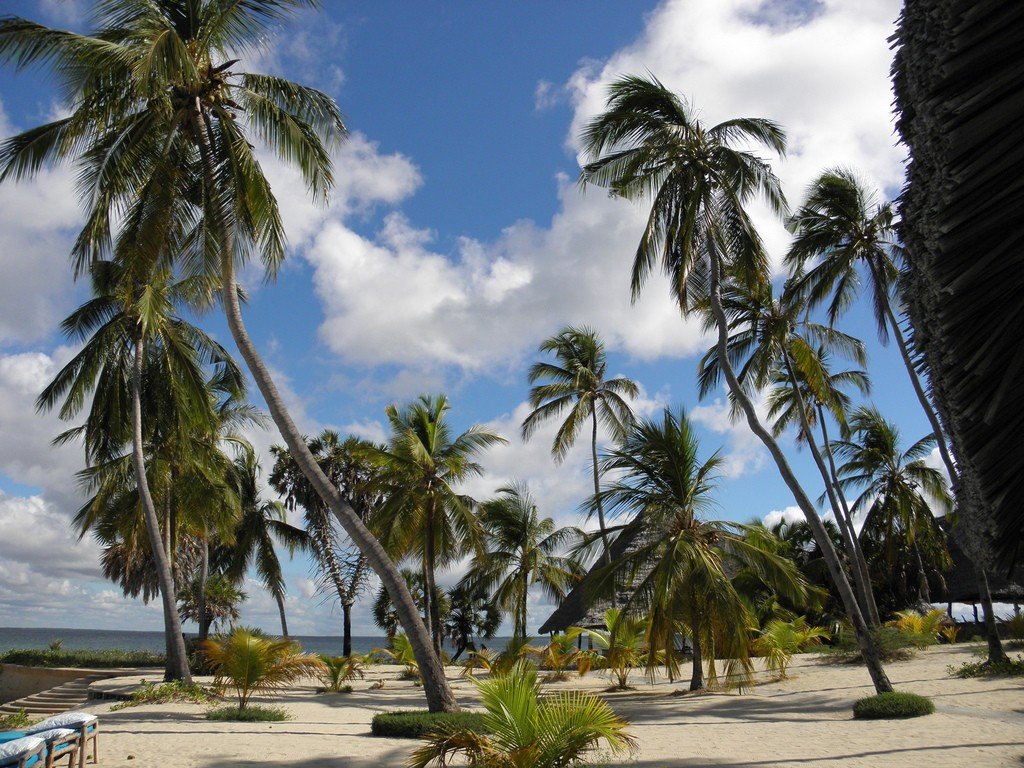
General Information
The city of Lamu is the oldest in Kenya and is known for its history. It used to be a major port for the export of timber, ivory and amber, as well as one of the major points of the then thriving slave trade. After the prohibition of slave labor, Lamu’s economy declined and has never recovered since. In the 1960s, tourism began to take off and the sleepy island became a hippie paradise rivaled only by Kathmandu.
.
Despite this, the island has managed to retain its distinctive character and charm. The simple lines of Swahili architecture with the obligatory verandas and rooftop terraces allow the friendly locals to enjoy stunning ocean views and afternoon breezes.
.Donkeys, the main means of transportation, roam the maze of streets as wide as a regular sidewalk. Children’s laughter echoes in the courtyards, playing in the sun while men talk in groups in the shade and women in black bui bui capes work behind the heavy carved wooden doors for which the island is famous – it feels like paradise.
Lamu Island is a place where the canons of Islam are strictly observed, so be especially careful about how you dress.
.Lamu Island can be traveled to from Malindi for a day (the last return bus leaves from Lamu mainland jetty at 7.30pm). But it is better to stay overnight, there are plenty of hotels and inns. The next morning you can make a hike to the neighboring village of Shela, 2 km south of town – on foot or by boat. There are a total of three large islands and many small islands in the archipelago, but Lamu is the most colorful.
Lamu is easily accessible to the independent traveler – to do this you need to take the morning shuttle bus in Malindi city (500 sh., 5 h. travel time), drive to Mokowe crossing and change to a motorboat (150 sh., 10 min.).
.Police checkpoints along the road are attributed to the proximity of the Somali border, which is about 180 km from Lamu. Several foreigners have been kidnapped around Lamu in recent years, with Englishwoman Judy Tibat being ransomed after 6 months of forced “vacation” in Somalia (her husband was killed). In October 2011, the Kenyan army entered the pirate state, creating a buffer zone along the border. The Kenyan navy patrols the border waters, and most importantly, locals have increased their vigilance.
.
The Lamu region is covered with continuous mangroves – here they are the densest in Kenya, almost 29,000 hectares. The wondrous forests growing out of the sea water are fully exposed at low tide around noon – if you take a motorboat from the bus at this time, you can see the mangroves down to their roots in 30 minutes (150 sh.). The town of Lamu, located on the eastern shore of the island of the same name, is spectacular in full water: the shore is low and the white buildings seem to rise straight out of the waves. It is one of the oldest cities in East Africa. Since 2001, the old neighborhoods of Lamu have been included in the UNESCO protection list. There are only two streets in the town that deserve to be called such: Harambee Av. and Kenyatta Rd. The first is the waterfront – it has the city pier, museum, the best restaurants and hotels. The second runs parallel to it at a distance of a block from the sea, and then begin nameless alleys among the deaf white walls. The life of the natives flows secretly behind the carved doors – only occasionally a shutter slams and a flock of kids runs by. Most of the houses are very old (some are 200 years old) and are made of coquina blocks – they are real fortresses, protecting not only from people, but also from the heat. The flat roof is blown by the breeze and serves for rest and sleep in the hot summer. Over such a terrace is often arranged thatched canopy – do not think that this is the roof of the house. The town of Lamoux is glimpsed in the TV series The Young Years of Indiana Jones: it depicts the Gabonese Port-Gentil in the short story about Indy’s acquaintance with Albert Schweitzer.
.Old Baku, where Kozodoyev from “The Diamond Hand” wandered, is flowery compared to Lamu. Remember the direction to the sea: tired of wandering, you will return to the embankment and have lunch. If you are interested in dates, facts and historical details, you can take a guide from those who wait for tourists at the pier (about 300 sh., in English).
.
There is no transportation in town, the more surprising is the number of donkeys: they roam wherever they want, including on the seabed at low tide. If you turn right from the pier, almost immediately on your left hand you will see the museum building (daily 8.00-18.00, adults/children 500/250 sh.). Lamu was an independent slave trading state, then briefly fell under German interest, but after 1885 it became an Albion possession. The building, constructed in the early 1880s, served the needs of the colonial administration for more than half a century. Exhibits in the museum are few, but all interesting – for example, here you can see samples of all types of local carved doors. Luxurious portals with a semicircle in the upper part belong to the Zanzibar, rectangular with copper decorations belong to the Indian, and the purely local variant is a door with a laconic pattern of carving inscribed in four circles. On the second floor, two huge Siwa horns in the shape of elephant tusks are kept: they were used to signal the beginning of the Maulid religious festival. When you leave the museum, don’t hurry to throw away your ticket: it allows you to visit the fort and the former German post office.
.
After the museum, you’ll come across several carpentry shops where they make wooden decorations, furniture and boat decorations. On the bow of each dhow there are circles with an Islamic crescent moon and a star – these are the “eyes” of the vessel. Such “eyes” can be bought from craftsmen for 100-200 sh. At low tide, the dhows lie along the quay and you can go down to them on special steps. Each sailboat is decorated with carvings of sea grasses, to which the owners add images of lions, fish or dolphins.
.Behind the workshops you will see Kipepeo Guesthouse – near it you can turn left and go deeper into the city neighborhoods. With the help of the natives, you can find the Swahili House Museum (8 a.m.-5 p.m., 500 sh.) in this part of Lamu, a dwelling with a long history, a well in the courtyard and rooms furnished in traditional style.
.Continuing on Kenyatta Road and walking in a southerly direction, you’ll come across one of the active wells and then the former German Post Office turned museum (8.00-17.00, Lamu Museum tickets available) – both are on the left side of the street. After passing the post office, after a few minutes you will come to the main town square in front of the fort (8.00-18.00, Lamu Museum tickets). Here you can turn right and walk along the north side of the square to the ruins of the Pwani Mosque, the oldest building on Lamu, built in the 14th century and, alas, not extant in its entirety.
.The square in front of the fort was once a place where slaves were traded, but now they discuss the news in the shade of two huge trees framing the gate of the fort. It was built between 1813 and 1821 after an unsuccessful attempt by the rulers of Mombasa to take control of Lamu. The fort has an interesting design: it has only two round towers on the northwest and southeast sides.
Lamu is famous for its festivals. In spring, devout Muslims, and with them all other natives and visitors, merrily celebrate the birthday of the Prophet Muhammad (Maulid). At the end of August is the annual Lamu Festival, a colorful week-long tourist event.
.
About 4 km south of the town is Shela, an authentic fishing village that can be reached on foot or by dhow (about 250 sh.). The beach south of the village is considered the best around the island capital. Boat trips around the islands of the archipelago are Lamu’s main attraction. During such a trip (from 2 hours to a full day) you can see the ruins of the old town of Takwe (XV-XVII cc.) on Manda Island and Siyu Fort (Siyu Fort) on Pata Island. The walk may also include beach landing, swimming and lunch. North of Lamu, the coral reefs of Kiunga National Marine Reserve (adults/children $15/10) stretch for 60 kilometers, where you can dive with and without scuba. Trips to Kiunga from Lamu and Shela are possible either by dhow or speedboat (organized by any hotel).
.
The last bus towards Malindi departs from Mokowe crossing at 19.30. The last motorcoach trips are tied to this time, so there is no point in rushing.
Where to stay
The capital of the archipelago and the neighboring Shela just swarm with hotels and guesthouses – this is not counting rented apartments. To see the diversity of the local market of temporary accommodation, visit www.lamu.org
.How to get there
The small archipelago lies 133 kilometers north of Malindi. Firms with offices opposite the Kobil gas station on Uhuru Road (e.g. Tawakal) have flights to the Mokowe crossing – which links the islands’ capital to the ‘big land’. Matatu depart from the gas station daily around 7.00 (500 sch.). Cars follow Lamu Road to the fork of highways B8 and C112, where they turn right. Leaving Malindi at 7.00, you will be at the seafront of the capital Lamu around noon (by plane about 40 min.).
.